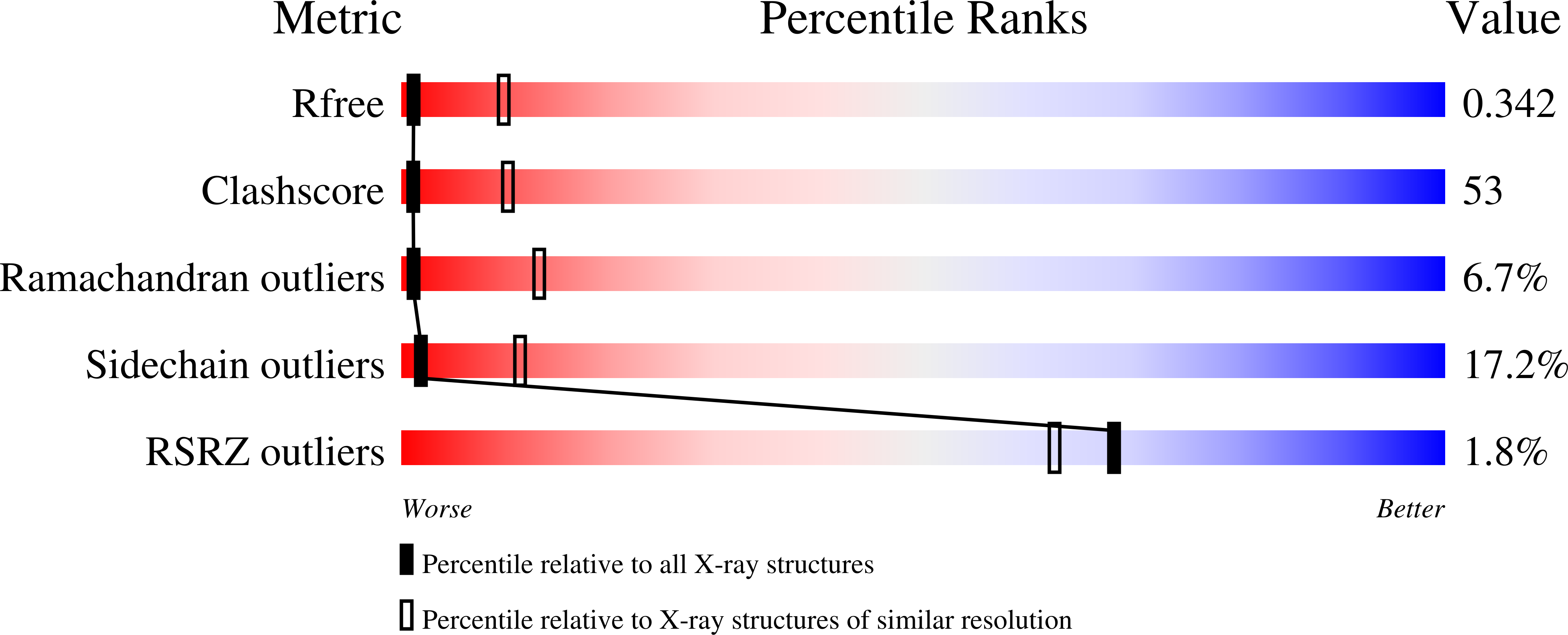
Deposition Date
2005-01-21
Release Date
2005-05-03
Last Version Date
2024-11-20
Method Details:
Experimental Method:
Resolution:
3.50 Å
R-Value Free:
0.31
R-Value Work:
0.27
R-Value Observed:
0.27
Space Group:
F 2 2 2


